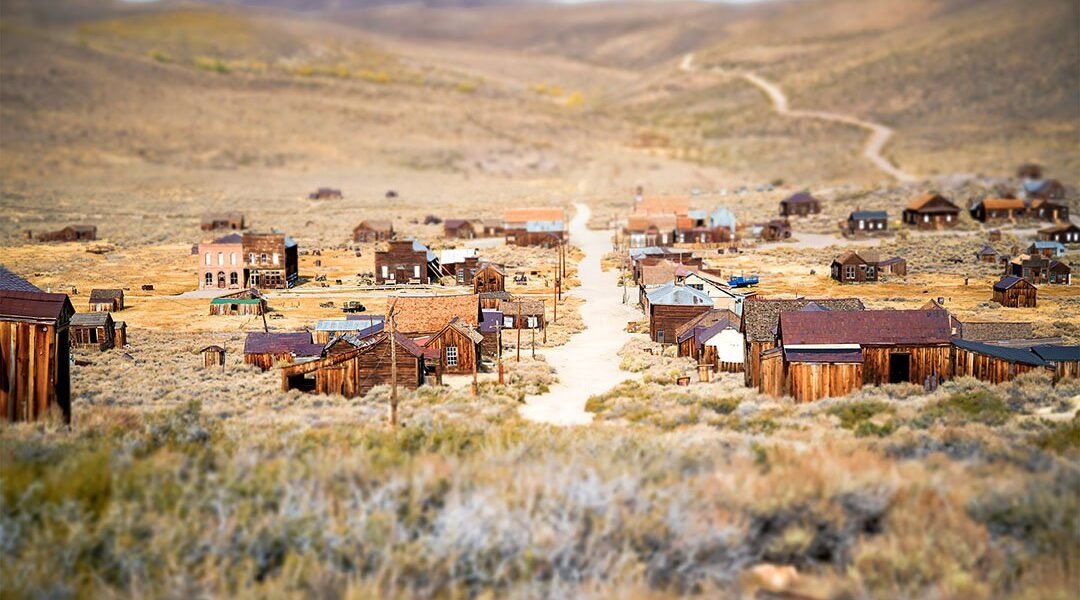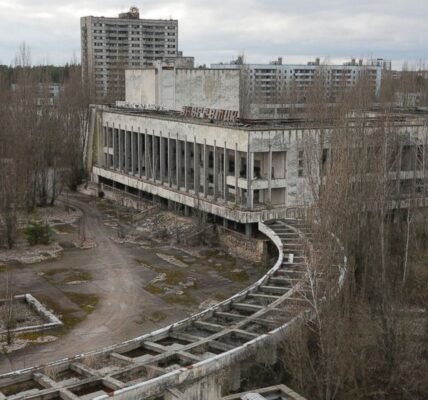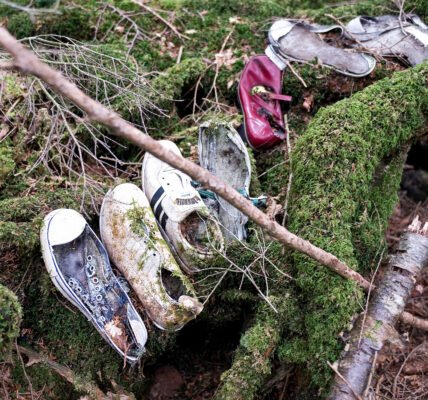High in the Sierra Nevada mountains of California sits one of the most famous ghost towns in the world—Bodie. Once a thriving gold-mining boomtown, Bodie is now a frozen relic of the Wild West, preserved in a state of “arrested decay.” With its weathered wooden buildings, abandoned saloons, and haunting silence, Bodie offers visitors a rare glimpse into life during America’s Gold Rush era.
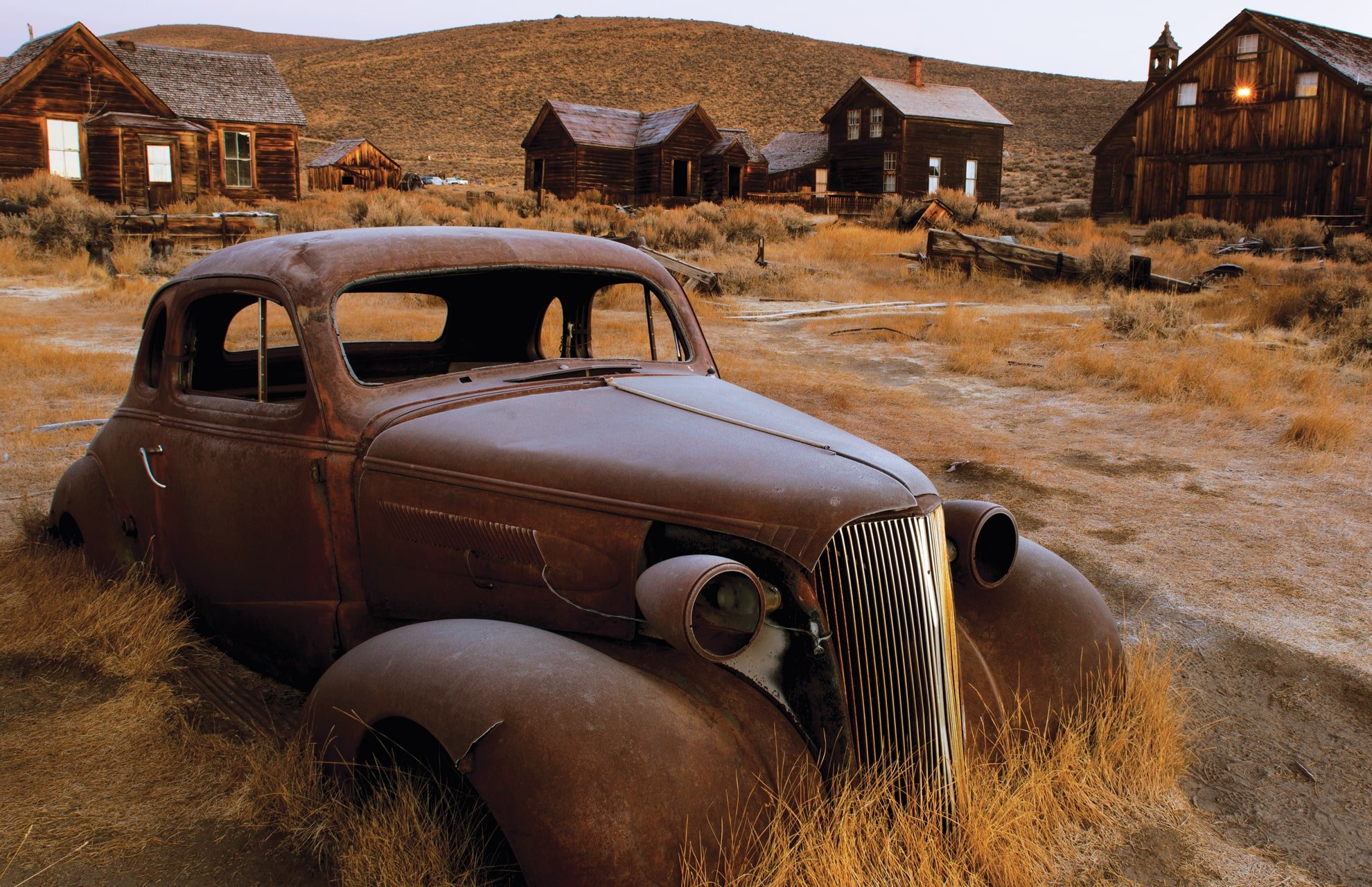
The Golden Beginnings
Bodie’s story began in 1859, when prospector William S. Bodey discovered gold in the region. The small mining camp grew slowly until 1876, when a rich deposit of gold ore was discovered.
By the late 1870s, Bodie transformed into a booming mining town with:
- Over 10,000 residents
- Dozens of saloons, gambling halls, and brothels
- Schools, churches, and general stores
- A reputation for being one of the wildest towns in the West
The discovery of gold and silver made Bodie one of the richest mining camps in California, and it quickly gained notoriety for its lawlessness, gunfights, and saloon brawls.

The Wild Reputation of Bodie
Bodie wasn’t just rich—it was infamous. The town developed a reputation for violence, crime, and vice. Stories from the time describe daily shootouts, robberies, and bar fights.
One legend says a young girl, upon hearing that her family was moving to Bodie, prayed:
“Goodbye God, we are going to Bodie.”
This quote captured the lawless spirit of the town, which became a symbol of both opportunity and danger in the Old West.

The Decline of a Boomtown
Like many Gold Rush towns, Bodie’s prosperity was short-lived. By the 1880s, the richest mines were depleted, and the population began to shrink.
- By 1886, only about 1,500 people remained.
- Fires in 1892 and 1932 destroyed large sections of the town.
- By the 1940s, Bodie was almost completely abandoned.
What was once a bustling, rowdy mining hub became a ghost town, left to the harsh winds and snows of the Sierra Nevada.
Bodie Today: A State Historic Park
In 1962, Bodie was designated a California State Historic Park, and it is now preserved in a unique condition called “arrested decay.”
This means that buildings are not restored or rebuilt but maintained just as they were left—weathered, leaning, and fragile. Visitors today can explore:
- Over 100 standing structures, including homes, saloons, and a schoolhouse
- Abandoned artifacts, from furniture to mining equipment
- The Bodie Cemetery, where stories of tragic deaths are etched in stone
- The Stamp Mill, where gold ore was once crushed and processed
The eerie authenticity of Bodie makes it feel like the townsfolk simply vanished overnight.
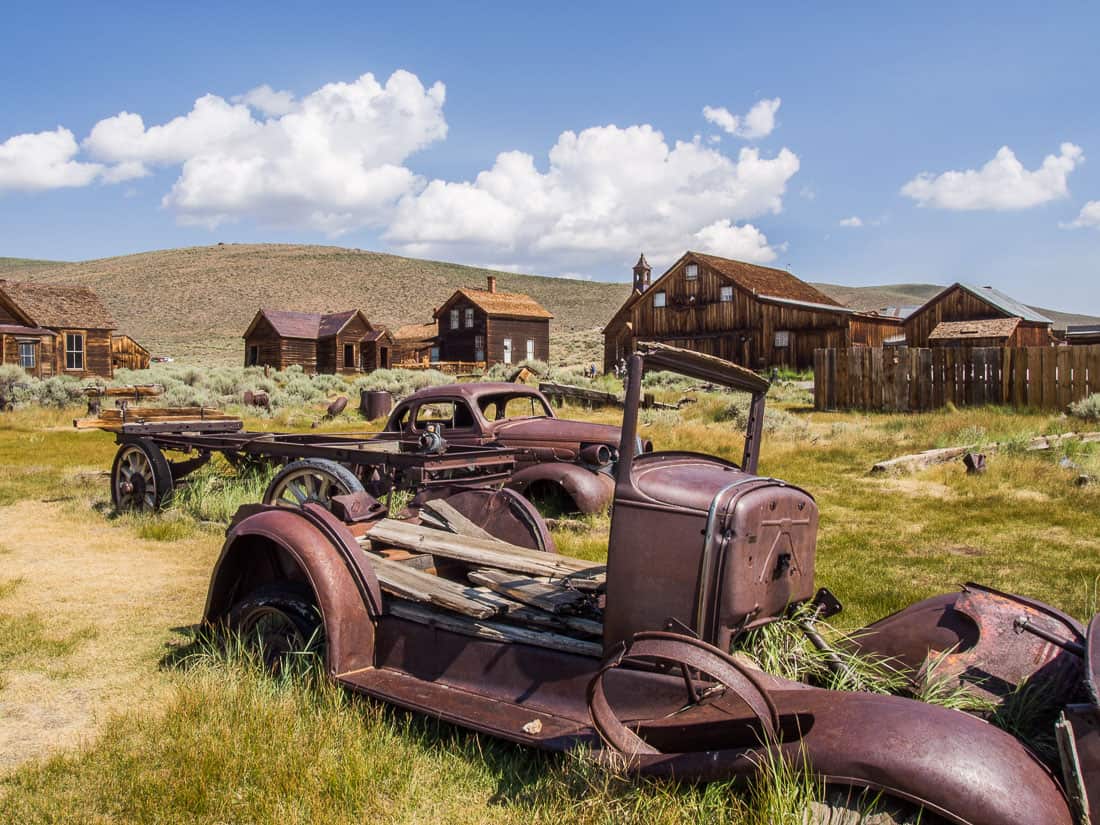
Why Visit Bodie?
Bodie is one of the best-preserved ghost towns in the United States, offering travelers a time capsule of the Wild West. Unlike Hollywood sets or reconstructed frontier towns, Bodie is real—raw, weathered, and haunting.
For history enthusiasts, photographers, and anyone fascinated by the Gold Rush, a visit to Bodie feels like stepping back into the 19th century.
Travel Tips for Visiting Bodie
- Location: About 75 miles southeast of Lake Tahoe, near the Nevada border.
- Access: A 13-mile road leads to Bodie, with the last 3 miles being gravel.
- Best Time to Visit: Summer and early fall. Winter access is limited due to snow.
- Bring Supplies: No gas stations, restaurants, or shops nearby.
- Respect the Rules: Removing artifacts from Bodie is strictly forbidden.

Bodie in Popular Culture
Bodie’s wild past and haunting present have inspired countless stories, documentaries, and films. It is often cited as one of the most authentic ghost towns in the American West and continues to fascinate both historians and adventurers alike.
